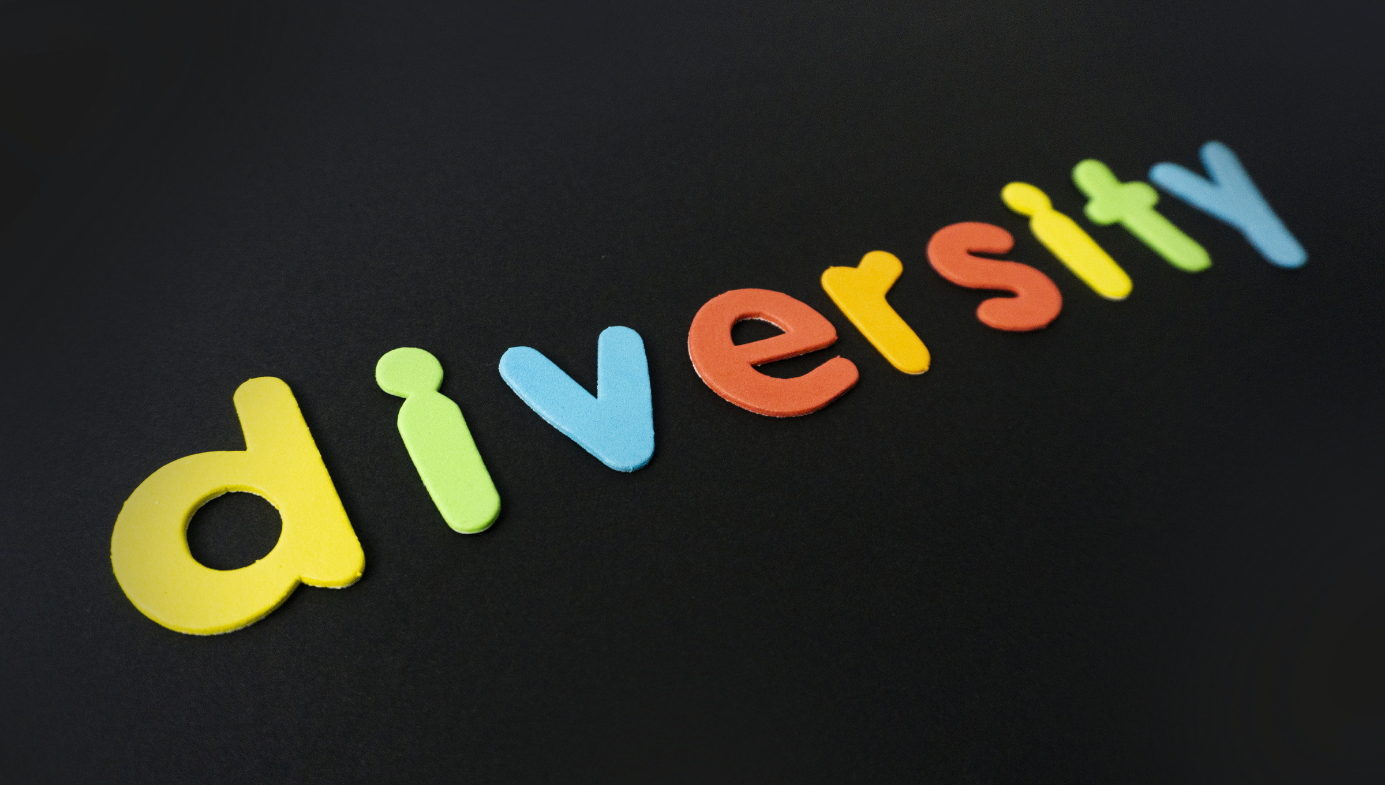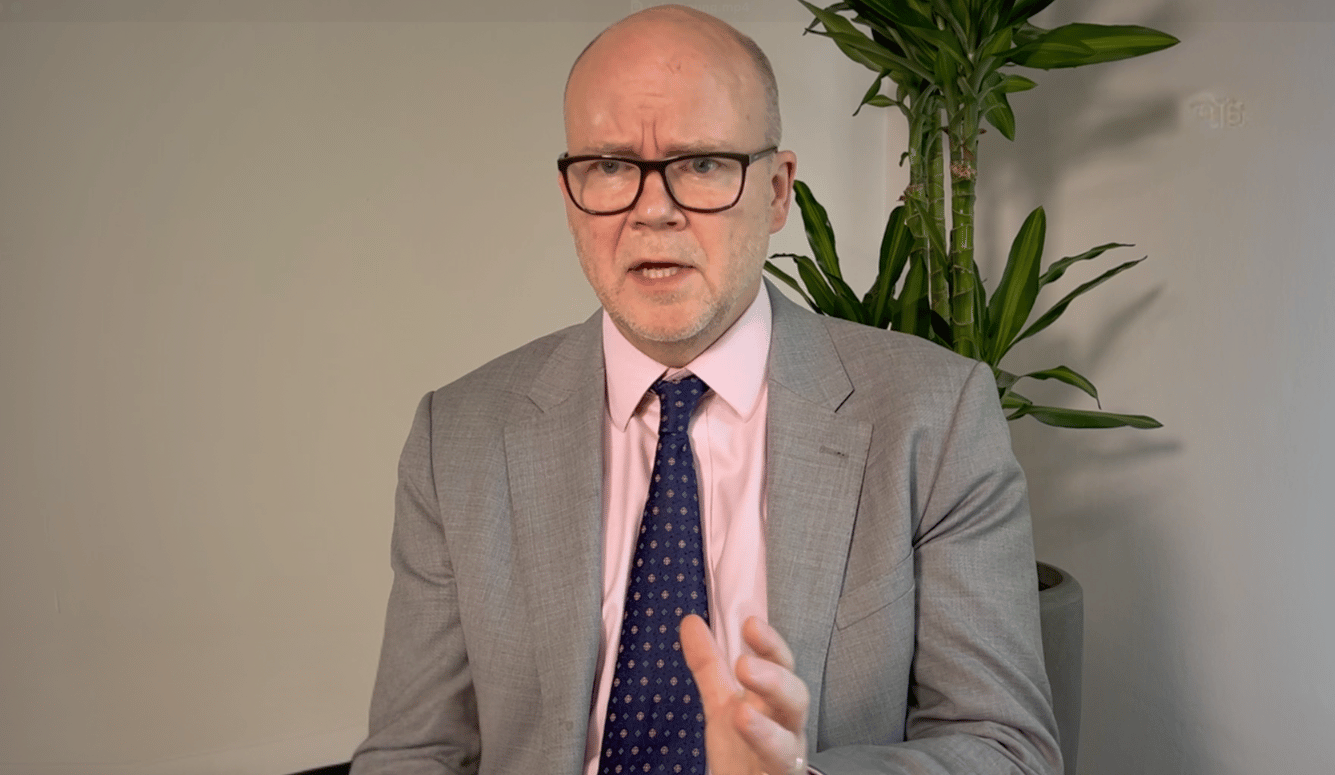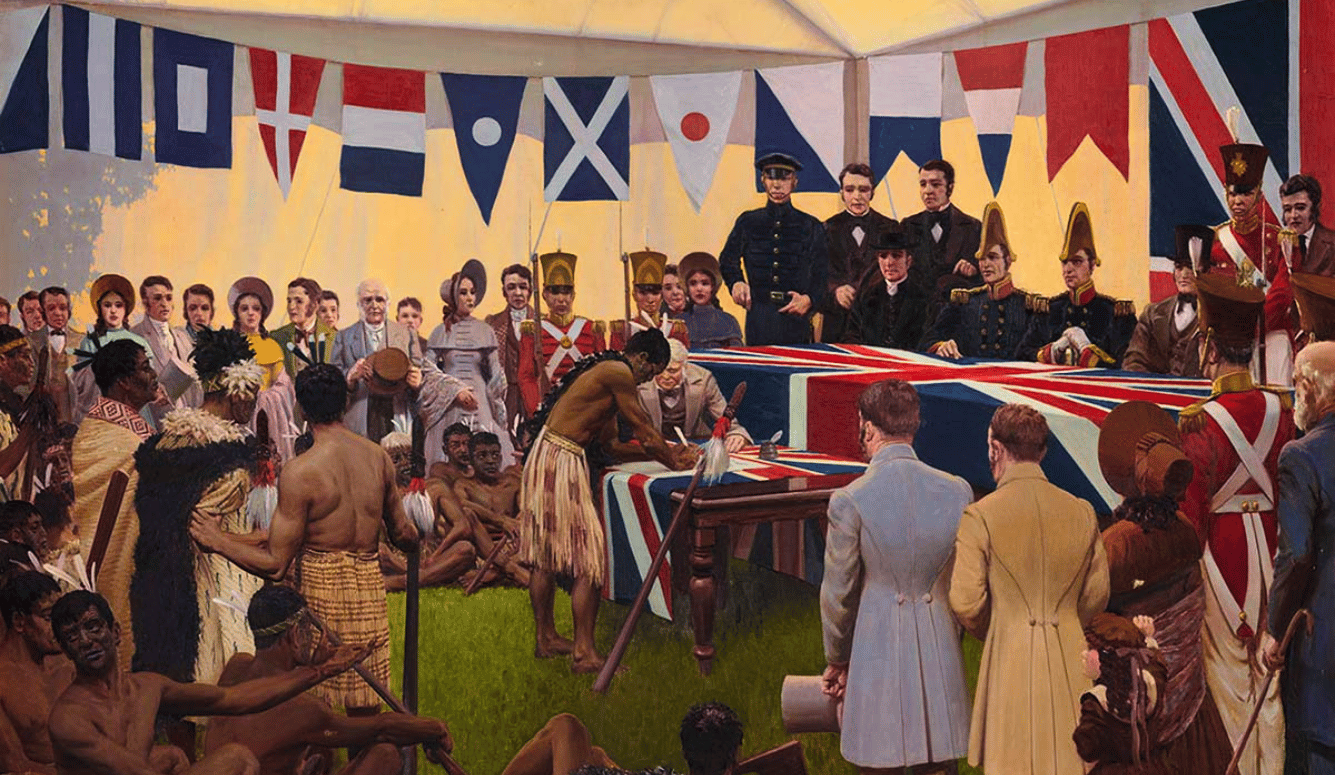Education
What Is Diversity? And Why Is It Valuable?
People differ from one another in many different ways.

Suppose I just get back from vacation, and you ask me how it went. “Oh, it was wonderful,” I say, “There was such diversity.” That wouldn’t answer your question at all. Instead, you’d want to know two things: Diversity of what? And why would that sort of diversity make the vacation better? It doesn’t make sense to speak about diversity, full stop. There’s only diversity of this or that. And diversity isn’t always valuable. In fact, different types of diversity are valuable for different reasons. If I had said that my vacation was wonderful because there was a diversity of restaurants, activities, and so forth, my answer would have been perfectly sensible. But without that qualification, talk of diversity alone is meaningless.
Despite this, higher education continues to talk about diversity in the abstract. As the new school year begins and administrators and faculty set priorities and initiatives, they will inevitably talk about diversity without specifying what counts as diversity and why that sort of diversity matters. This isn’t merely a semantic quibble. There are two good reasons to be conceptually clear about our diversity goals.
First, conceptual clarity around diversity is required for measuring progress. If we don’t know what counts as diversity, we’re in no position to track progress towards our goals. Universities across the country are scrambling to mount DEI initiatives (for example, see here and here). How can we tell whether a DEI initiative has worked? At what point would we be willing to say a campus is diverse enough? Given the focus on assessment elsewhere in higher education, we ought to have a way to assess the success of diversity strategies.
Second, we have to be clear about why a certain type of diversity is valuable in order to make decisions about priorities. All strategies require trade-offs. There is no such thing as a free lunch. If we don’t know why a particular sort of diversity is valuable, then we’re in no position to weigh the goods of that sort of diversity against others.
The lesson is that we shouldn’t talk about diversity simpliciter. Doing so leads to strategic plans that are not strategic and decision-making that isn’t sound. Instead, we should specify what kind of diversity we are interested in and articulate why that kind of diversity is valuable.
Types of diversity
People differ from one another in many different ways. When a university launches a diversity initiative, which of these many aspects are we trying to diversify? Here are a few options.
People have different demographic characteristics. These include things like age, sex, and race but also more subtle things like gender, class, and sexual orientation. Nationality is in this category, too: some of us are native US citizens, and some of us are immigrants.
People have different psychological characteristics. These include things like being an extrovert or an introvert, gregarious or shy, outspoken or reserved. No two of us have the same psychological profile or share the same set of intellectual or moral virtues and vices.
People have different viewpoints or ideologies. These include things like political orientation and religious orientation. Some of us are secular liberals. Others are religious conservatives. And there’s everything in between.
People have different histories, including both their personal experiences and their formal training. Some of us are first-generation college students while others were legacy admits to prestigious schools. Some of us were trained in the Ivy Leagues while others went to land grant state colleges. Some of us have work experience in arenas very different from our current postings. Others have been in the same economic sector for our entire working lives.
Each of these aspects contributes to our overall identity. So, when we talk about diversity, which aspects of a person’s identity are relevant? If a company says that it’s working to increase employee diversity, is that a claim about demographics, psychology, viewpoints, history, or something else entirely? Merely committing to diversifying a student or employee body is uninformative. Almost any sort of initiative is bound to diversify some aspects of the pool and not others. Which traits are we trying to diversify? Without that level of specificity, we’re just using talk of diversity to virtue-signal to others.

Value of diversity
Once we’re clear about which human traits we want to diversify, we then need to answer the more important question of why that sort of diversity is valuable. The question is not “Is diversity valuable?” That question doesn’t make sense. Rather, the question is whether diversity of race or gender or viewpoint (or whatever) is valuable. We can answer the value question only after we’ve specified which sort of diversity we’re after.
Taking a cue from the ancient Greeks, things can be good in one of three ways. Things that are intrinsically good are just good as they are. It’s not that they are good because they get you some further thing. For example, pleasure is intrinsically good. We want pleasure for what it is and not for any other reason. Intrinsic goods are their own rewards.
Other things are instrumentally good. They aren’t good in-and-of-themselves. They are good because they get you something else. Money is instrumentally good. Almost no one wants money just for itself. Instead, we want money because it gets us other things.
Finally, some things are informationally good. They aren’t intrinsically good, and they aren’t instruments that provide us with some additional thing. Instead, they provide us with information. A functioning fuel gauge is informationally good. It’s not intrinsically good to have a functioning gauge, and it doesn’t “do” anything beyond provide you with information. But it’s valuable for that reason alone.
So, what’s so great about any particular sort of human diversity? Since there’s no such thing as diversity per se, I’ll focus on diversity of gender in higher education. Think of it as a case study, of sorts. But no matter which sort of diversity we set as a goal and which industry we’re talking about, we should be clear about why that particular sort of diversity is valuable.
The value of gender diversity in higher education
Some people probably think that having a gender-diverse faculty, staff, or student body is intrinsically good. We should work hard to craft a population that reflects worldwide gender diversity and let that be its own reward. Even if it brings no further goods, it’s just an intrinsically good thing to have a population that is diverse in this way.
I know why someone might say this, but I don’t think it’s true. How could mere variety—in and of itself—be an intrinsically valuable thing? It’s valuable for Baskin Robbins to have 31 flavors. But that’s because having a lot of flavors makes it more likely that you’ll meet your customer’s preferences. It’s not intrinsically better to have 31 flavors instead of 14. It’s the same with your faculty, staff, or student body. If they are really producing all of the same goods and information as a less gender diverse faculty, staff, or student body, then there’s no reason to prefer the one over the other. Diversity itself isn’t intrinsically valuable.
In my experience, most people who are challenged to explain the intrinsic value of diversity quickly retreat to the view that diversity is instrumentally valuable. For example, consider biodiversity. Many people think that biodiversity is valuable. But when pressed, most of us would come up with an explanation for that value: it’s good to have a wide array of species in an ecosystem because it promotes the stability of the ecosystem, contributes to the health of other plants and animals, provides valuable experiences to human observers, and so on. Those are all instrumental goods. Given this, we ought to concede that biodiversity is instrumentally valuable rather than intrinsically valuable.
The same goes for diversity in an academic setting. When I tell my faculty peers that I don’t think that gender diversity is intrinsically valuable, they look at me as if I’m a heretic. But I think that many of my colleagues are really instrumentalists about gender diversity. When I ask them why they think gender diversity is important, they quickly point out good things that it produces.
It’s far more plausible to think that gender diversity in the academy is valuable for instrumental reasons. A gender-diverse faculty, staff, and student body is more likely to produce certain goods than a less gender-diverse group. Here are some examples of the sorts of goods often posited by defenders of gender diversity.
First, a gender-diverse academy is likely to be more effective at finding truth. Research and discovery are top goals for any university, and there is reason to think that a faculty and student body that is diverse in terms of gender is likely to home in on the truth in ways that less diverse institutions will not. There is reality. And there are perceivers. Reality determines what’s true, but perceivers see only a limited slice of this truth. Each of us sees the world from our own limited and biased perspectives. And that means that people in different contexts will pick up on different truths. This is the important lesson of feminist epistemology: who you are affects what you know. Given this, a faculty that lacks gender diversity is more likely to miss important truths and defend mistaken views. A diversity of perspectives on the world is an important antidote to a parochial myopia.
Second, a gender-diverse academy is more likely to produce academic benefits to students. Aside from research, teaching is the top goal of a university. And there is reason to think that having a gender-diverse faculty produces student benefits. The argument for this conclusion relies on role model effects. Briefly, the idea is that having teachers who share important aspects of your identity is important for your academic development. These people serve as role models that effect students in various ways.
It’s obviously a big question whether such role model effects exist, but some empirical research bears it out. On one hand, there is little evidence of role model effects on grades when it comes to gender (though some evidence of role model effects on grades when it comes to race). But on the other hand, there is evidence of gender role model effects in the appreciation of math and science in grade school (including in other countries), the decision to attend college, and the decision to study in a particular field in college (though this likely varies across fields). In sum, there is some evidence that a gender-diverse faculty is instrumentally good for teaching and student success.
Third, some might argue for gender diversity initiatives in the academy as a way to right a past wrong. (A similar case has been made for racial diversity.) In that sense, ensuring gender diversity in the university is a kind of reparations. That’s an instrumental good. It’s the same argument offered in defense of affirmative action programs in college admissions: promoting gender diversity is a way of ameliorating unjust past discrimination women have suffered.
Whether this argument is sound or not, notice again that gender diversity isn’t intrinsically valuable. It’s valuable only insofar as it secures the good of reparations. And as applied to higher education, the argument will have little purchase in the context of the student body (since just over half of full-time students in the US are women) and not much more in the context of faculty (since just under half of full-time faculty in the US are women).
The main point is that in each of these cases, gender diversity itself isn’t valuable to the academy. Instead, gender diversity produces other good things that are valued by the academy. It’s no different in government or business. For example, there’s some evidence to suggest that gender diversity improves board decision-making, reduces employee turnover, boosts sales, and increases net revenue.
There’s one final way in which gender diversity might be valuable in higher education. It might be informationally valuable. Having a gender-diverse set of faculty, staff, or students might provide us with important evidence about the processes of the institution. In that sense, gender diversity might be like a fuel gauge—an imbalance tells us that something is wrong with our systems.
For example, while it’s true that women make up half of the teachers in the American academy, they are over-represented in faculty with contingent contracts and under-represented in the top rank of full professor. That might tell us something important about the way we hire for positions or promote faculty within the academy. Indeed, that sort of imbalance is one of the best sorts of evidence for an injustice in the system. Again, there’s nothing intrinsically wrong with a gender imbalance. But it might be informationally useful.
Of course, the imbalance doesn’t pinpoint where the process failed. It might well lie outside of the university’s control (for example, social pressures earlier in the job candidate pipeline). This is like a warning indicator in a vehicle which tells you there’s a problem, but it doesn’t tell you where the problem lies. Only a mechanic can do that.

The takeaway
When an institution sets diversity goals, it should be clear about which human features they want to diversify and why that sort of diversification is valuable. Without clear answers to these questions, diversity initiatives are likely to be futile—we won’t be able to prioritize the goods of diversity against other sorts of goods and we won’t know whether we’ve made progress towards our goals. To see how it might go wrong, consider a few closing examples.
Suppose an institution cares only about diversity of viewpoint. In that case, hiring a staff that is diverse in terms of gender or race won’t count as progress. On the flip side, if a university says that gender diversity is important because gender diversity makes it more likely that we’ll find the truth, then parity of reasoning implies that the university should care about viewpoint diversity, too. On that score, it makes no sense to worry about an imbalance of male faculty and not an imbalance of politically liberal faculty.
Or suppose an institution views racial diversity as good in the sense of reparations. If so, would hiring wealthy, international faculty of color count as progress? There are similar concerns when it comes to role model effects. If a university wants to hire people of color for role model effects, it needs to ensure that it hires faculty that students readily identify with. On that score, Elizabeth Warren won’t count as a role model for Native American students regardless of what her paperwork says.
Finally, suppose the value of diversity is informational. On that way of looking at it, artificially manipulating the diversity of faculty or students won’t correct the underlying problem. For example, the ratio of men to women among college students is at an all-time low (only 40 percent of college students are men). But having admissions create an affirmative action program for men won’t fix the underlying problems with how our K-12 system treats boys. That would be a way of ignoring the important information provided by the lack of gender diversity among students.
In sum, we’ve been too quick to throw the word “diversity” about as if we know what we’re talking about. But there’s no single reason why we should care about it. There’s only diversity of this or that, and multifarious reasons for thinking that some of its incarnations are valuable. Those subtleties should matter as institutions of higher education set their strategic plans.






